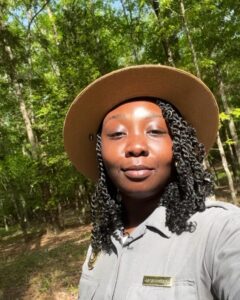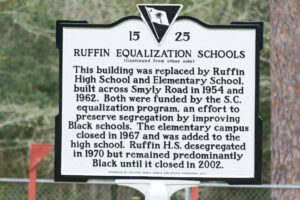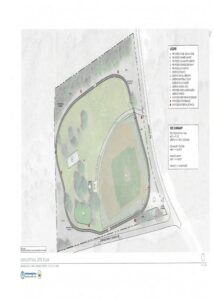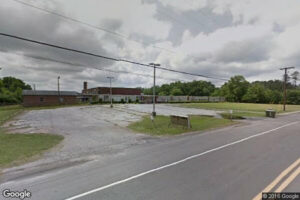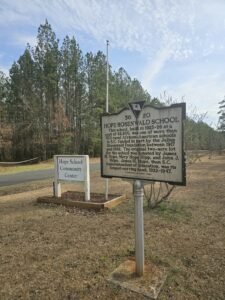Reclaiming Narratives – My Journey as a Black Female Historian
What does it take to become a leader in historic preservation as a HBCU student? Enfinitee Irving, a SC State Alumni, talks about her experience in a field where representation is key to opening the doors for others to explore the important work of preservation.

